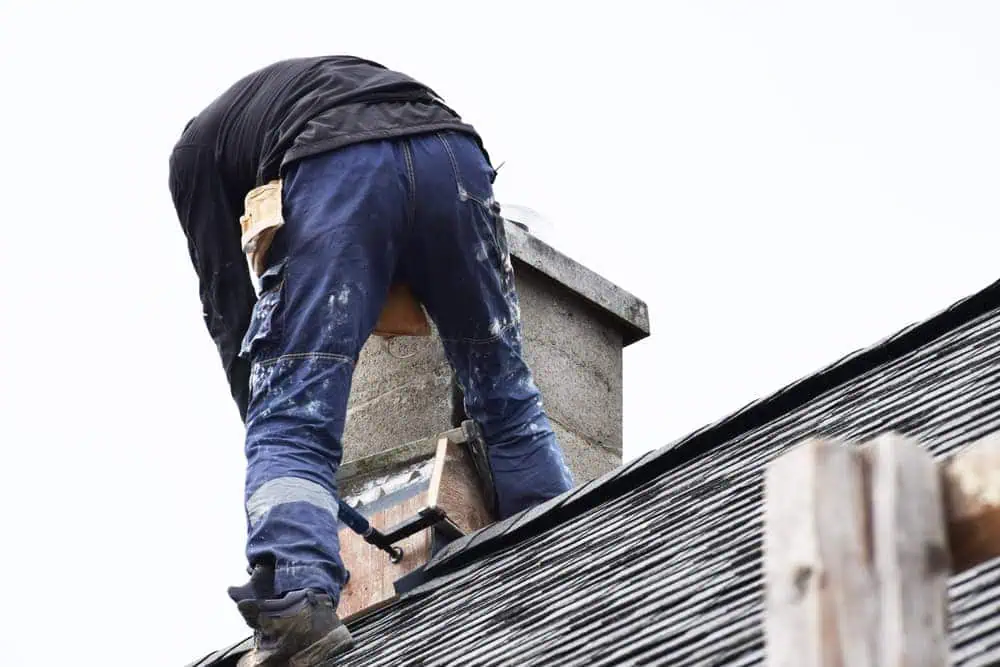Chimney Repair in Medford, MA
Chimney damage can arise from weather conditions and wear, making early identification crucial to prevent further issues. Academy Masonry offers thorough inspections, expert repairs, and comprehensive assistance with insurance claims in Medford, MA, ensuring a streamlined and stress-free process. Choosing Academy Masonry guarantees professional, high-quality chimney repair tailored to your home’s specific needs, with a focus on customer satisfaction and effective solutions.



